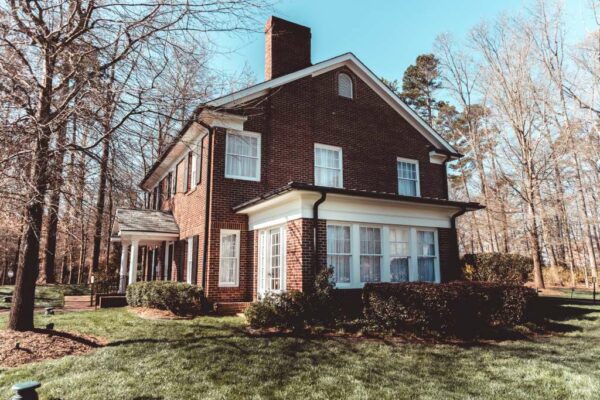How do you analyze a neighborhood for real estate?
In the competitive world of real estate, savvy investors are not just buying properties; they’re investing in neighborhoods. The location of a property often dictates its potential for returns and future growth. Therefore, it becomes essential to thoroughly analyze a neighborhood before taking the plunge into real estate investment. Here’s how you can effectively conduct a neighborhood analysis for real estate.
Start with Economic Factors
The economic health of a neighborhood is a significant indicator of its real estate potential. Look for neighborhoods that demonstrate robust economic growth, which often translates to appreciating property values. Examine key economic indicators such as job growth, unemployment rates, average income levels, and future growth projections. Reliable sources like the U.S. Bureau of Labor Statistics or local economic development agencies can offer valuable insights into these factors.
Investigate Local Amenities
Amenities influence a neighborhood’s desirability and, therefore, its real estate values. Proximity to schools, parks, shopping centers, restaurants, and hospitals typically adds to a property’s appeal. Assess the quality of these amenities as well. For example, a highly rated school district can be a strong selling point. Utilize online resources like GreatSchools.org to investigate the quality of local schools.
Look into Neighborhood Safety
The safety of a neighborhood plays a significant role in attracting or deterring potential residents. Crime rates, types of crimes, and trends are all important safety factors to consider. Sources like NeighborhoodScout or local police department websites can provide detailed crime statistics.
Check the Real Estate Market Trends
Understanding the local real estate market trends is critical in predicting the potential return on investment. Investigate metrics such as average property prices, rental yields, vacancy rates, and the number of days properties stay on the market. This data can help predict future real estate growth and the potential for rental income.
In the middle of our conversation, it’s important to underscore the value of real-world experiences. According to the house-buying agency We Buy Houses Colorado Springs, understanding the local community is critical to effectively evaluating a neighborhood. Their experience demonstrates that getting a feel for the area by talking to locals, visiting at different times of the day, and observing the condition of homes and public spaces, can provide insights that quantitative data might miss. They’ve often found that these boots-on-the-ground observations reveal the intangible aspects of a neighborhood that significantly impact property values and desirability.
Consider the Infrastructure and Future Development Plans
A neighborhood’s infrastructure and future development plans can signal its growth potential. Areas with well-maintained roads, public transportation, utilities, and other infrastructure often have higher property values. Meanwhile, upcoming development projects, like new commercial centers, transportation hubs, or public amenities, can boost property prices. Local city planning and development offices are good sources of this information.
Analyze the Demographics
Understanding the demographics of a neighborhood can shed light on its future growth prospects. All pertinent details are age distribution, family size, homeownership, and population growth rates. For instance, neighborhoods with a high concentration of millennials indicate a strong rental market, while areas with many young families suggest good long-term appreciation potential. The U.S. Census Bureau’s website is a reliable source for this demographic information.
Evaluate the Housing Stock
Finally, the quality, age, and type of housing stock in a neighborhood can impact real estate values. Older homes might need more maintenance but can offer architectural charm, while newer homes attract buyers looking for modern amenities. Also, consider the diversity of the housing stock. Neighborhoods with a mix of apartments, townhomes, and single-family homes can appeal to a wider range of potential renters or buyers.
A thorough neighborhood analysis is crucial in making informed real estate investment decisions. Investors can identify neighborhoods with strong real estate potential by considering factors like the local economy, amenities, safety, market trends, infrastructure, demographics, and housing stock.








